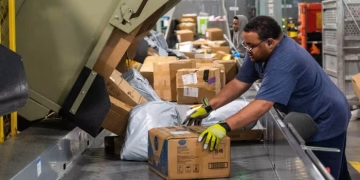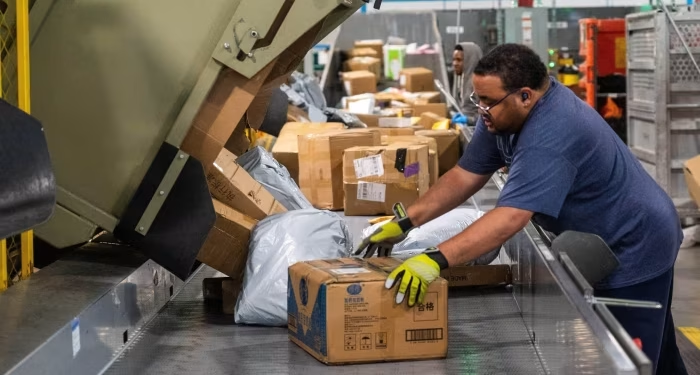New York, United States — 9 September 2025
The numbers speak for themselves. Less than two weeks after Washington scrapped the de minimis threshold, international parcel flows handled by USPS have collapsed by around 80 percent. What was once a steady stream of small fashion items, gadgets and home accessories has almost dried up.
“This is the biggest disruption we’ve seen in cross-border e-commerce since the pandemic,” admitted a logistics consultant based in New York. “Retailers are now recalculating every landed cost, from duties to last-mile charges.”
A sudden break with the old system
Until the end of August, parcels worth under 800 dollars entered the U.S. duty-free. For thousands of Asian sellers, that rule was the backbone of their model. Its removal means new customs checks, fresh paperwork and extra costs on every shipment.
Winners and losers
The immediate losers are the fast-fashion exporters and online marketplaces that thrived on low-value, high-volume dropshipping. Many have halted their American campaigns. On the other side, third-party logistics operators with warehouses inside the U.S. are suddenly in demand. Their ability to hold stock locally shields brands from surprise duties.
Integrators like FedEx and UPS may also benefit. Merchants who want to guarantee delivery and protect customer satisfaction are shifting away from postal packets towards duty-paid express services.
How companies are reacting
Over the past days, three tactics have stood out:
-
Adding DDP options at checkout, so the customer sees the final cost upfront.
-
Cutting back on catalogue size, keeping only products that stay competitive after duties.
-
Moving stock into regional hubs in New Jersey, Illinois and Texas to shorten lead times.
What comes next
All eyes are on the holiday season. Will retailers swallow the extra cost, or pass it on to consumers? If the shift to express networks proves lasting, free-shipping promises could disappear from many online carts.
For now, the message is clear: the U.S. de minimis repeal has redrawn the map of small-parcel logistics overnight, and the market is still scrambling for a new balance.























